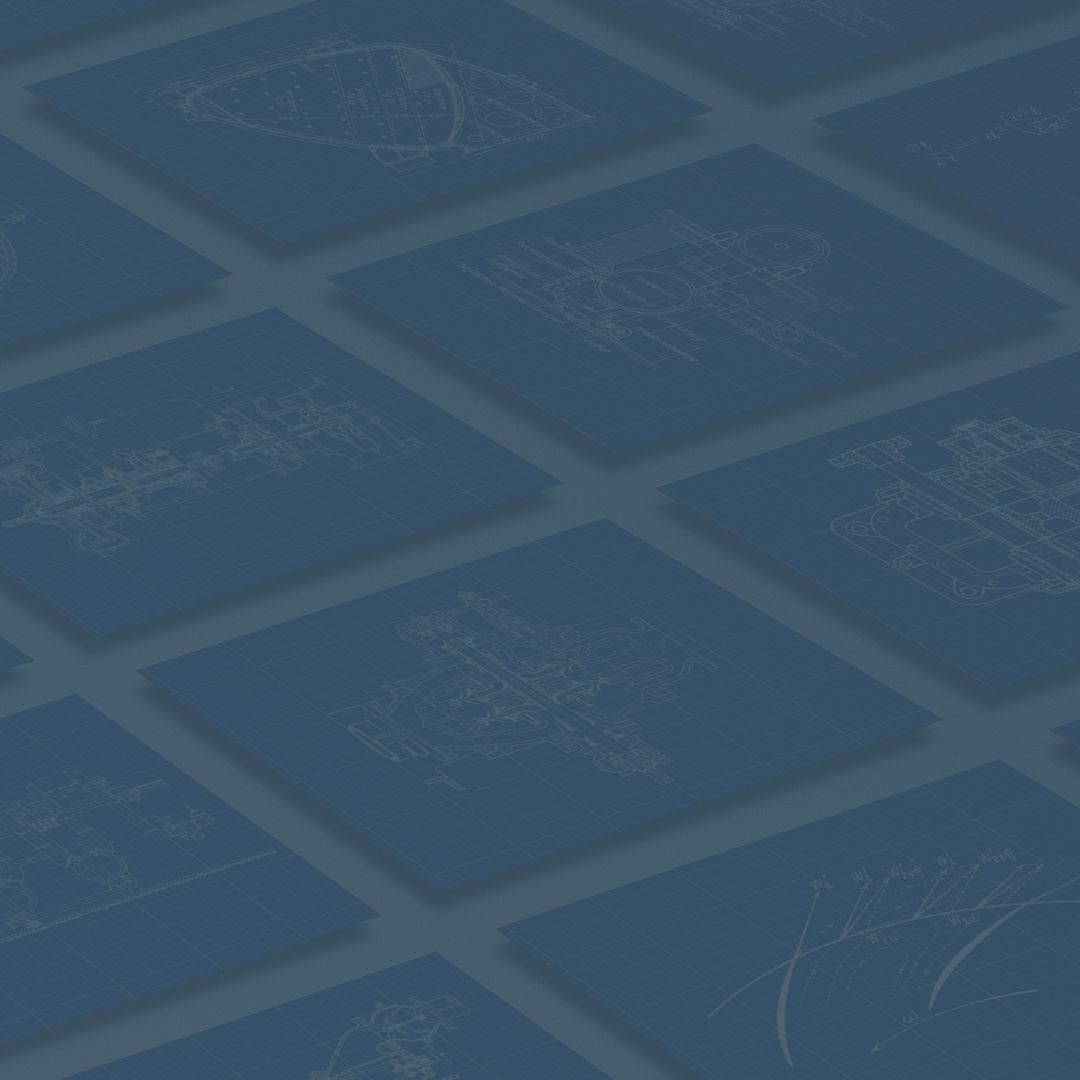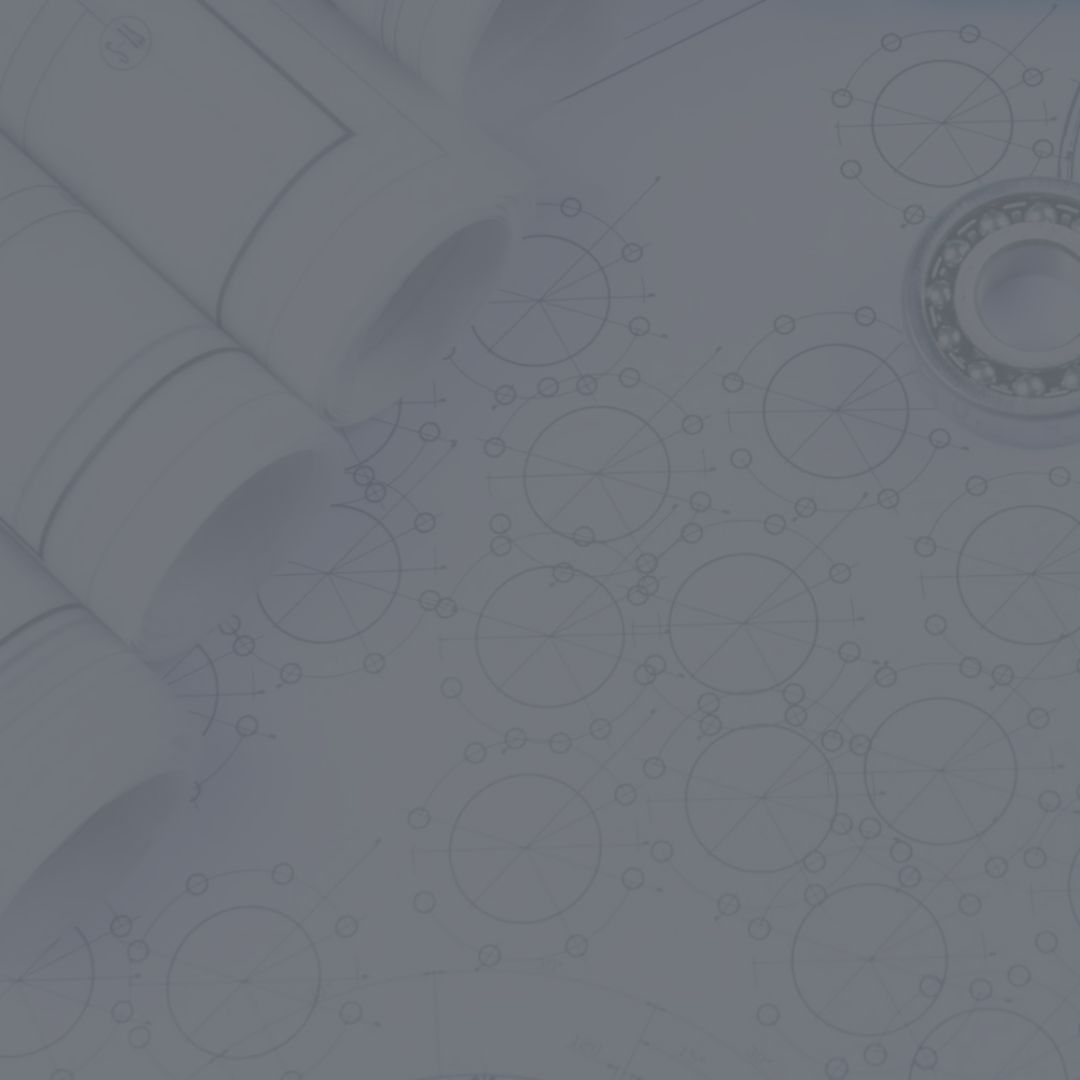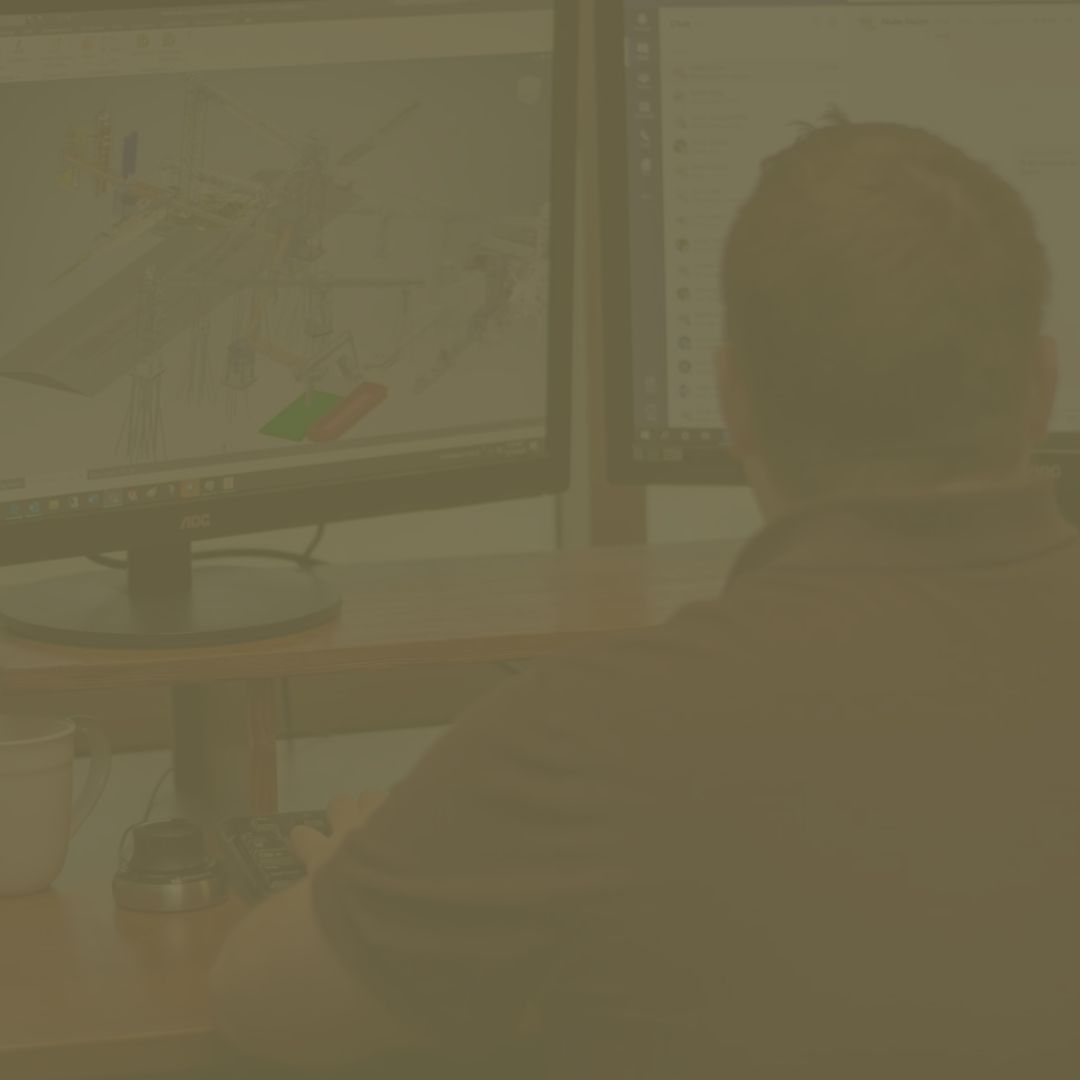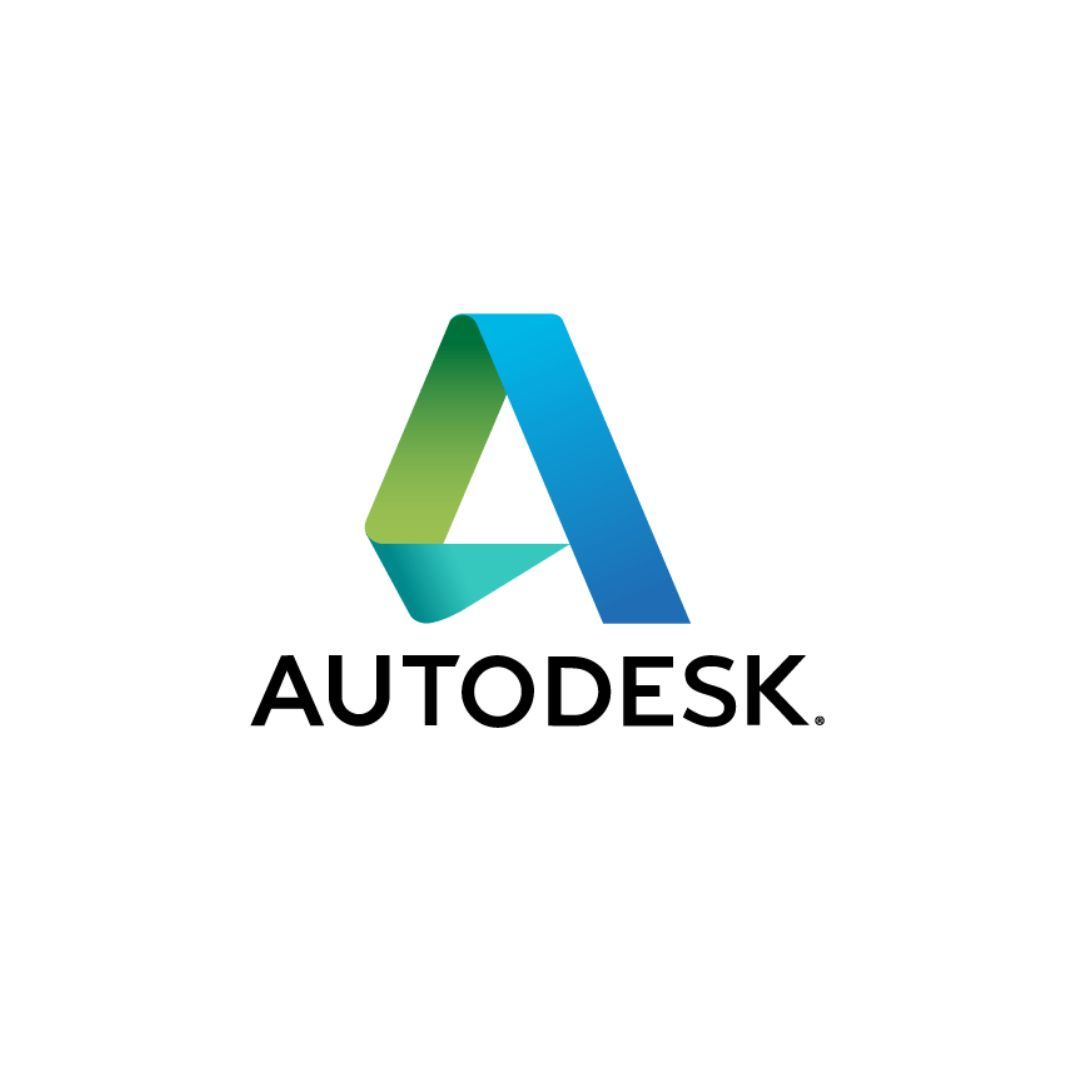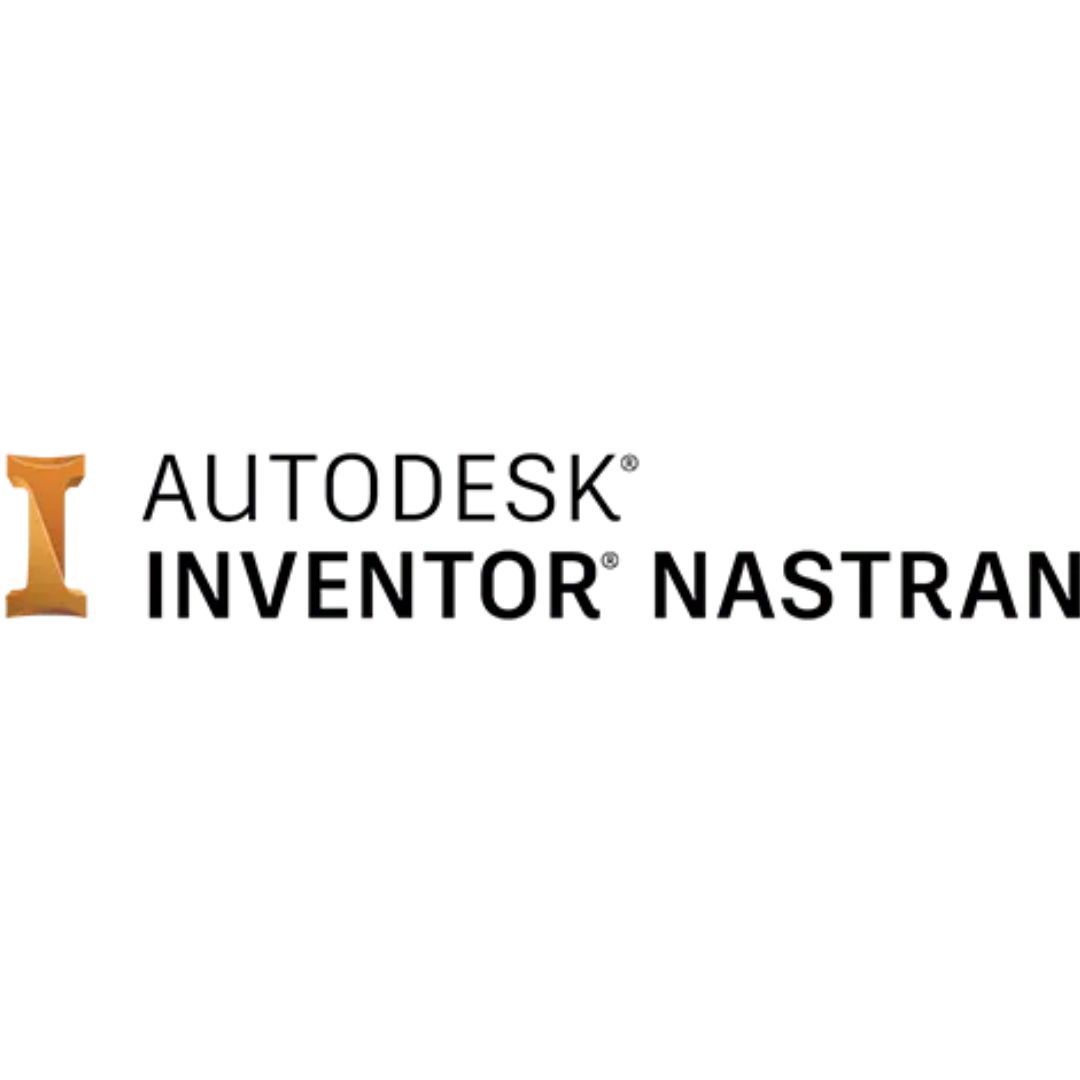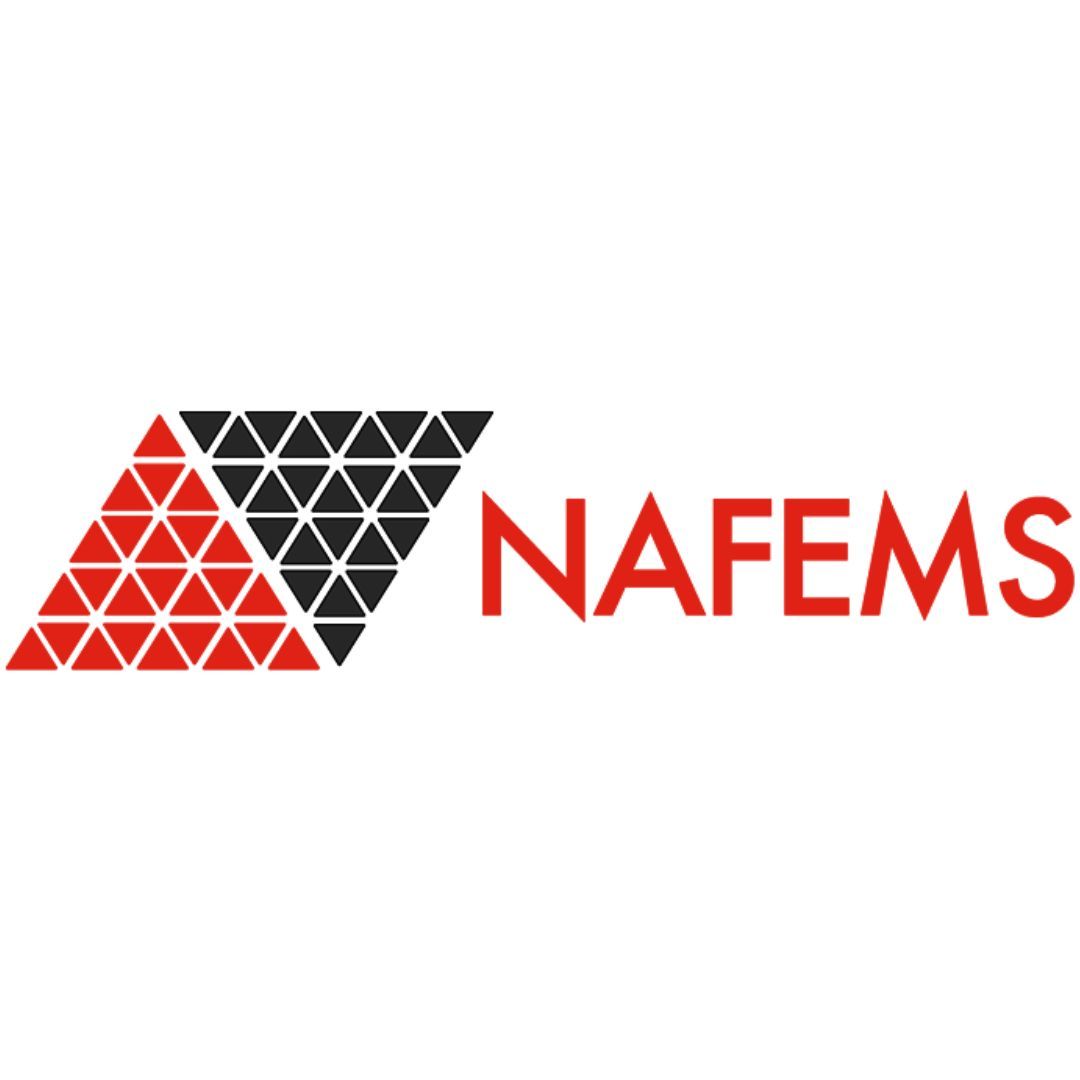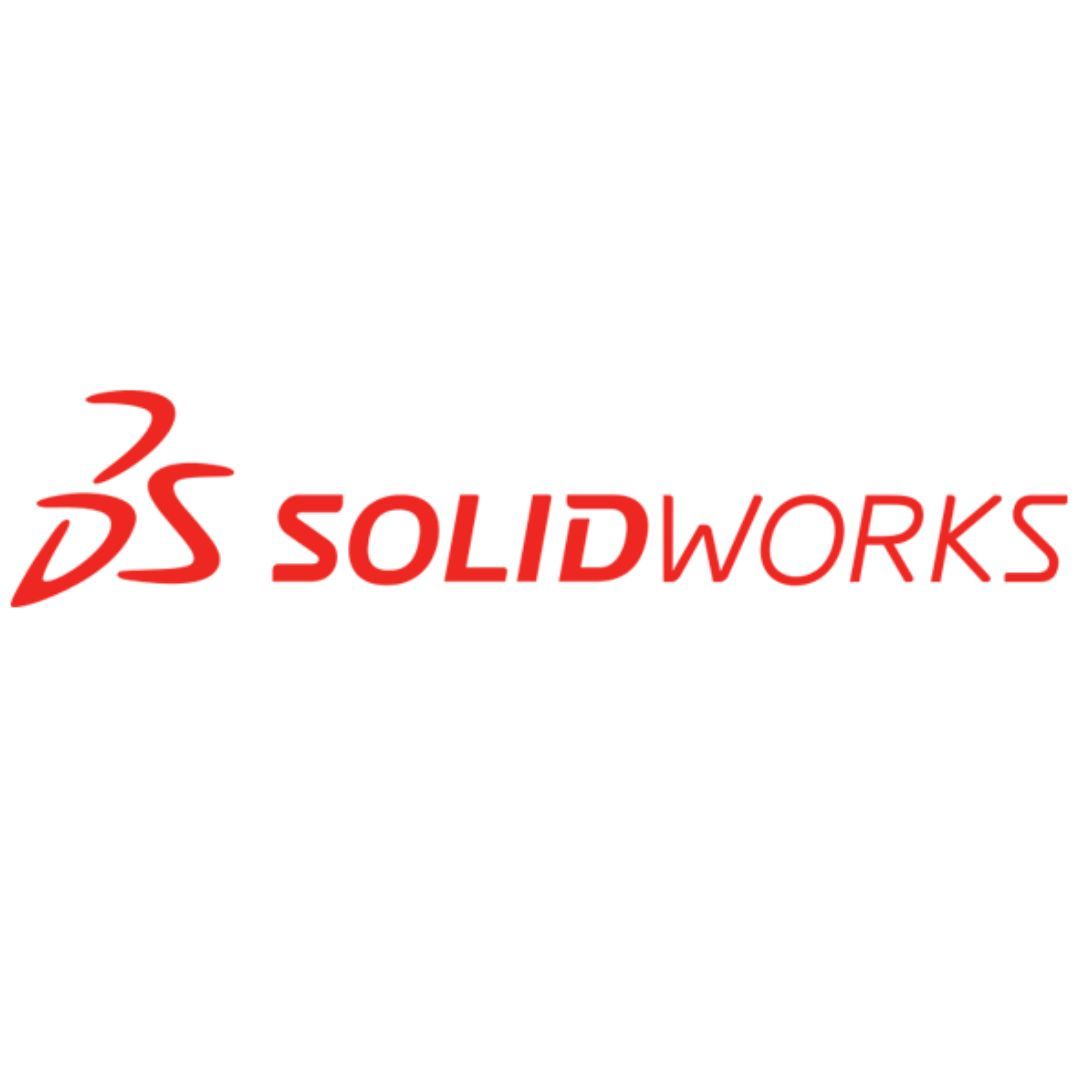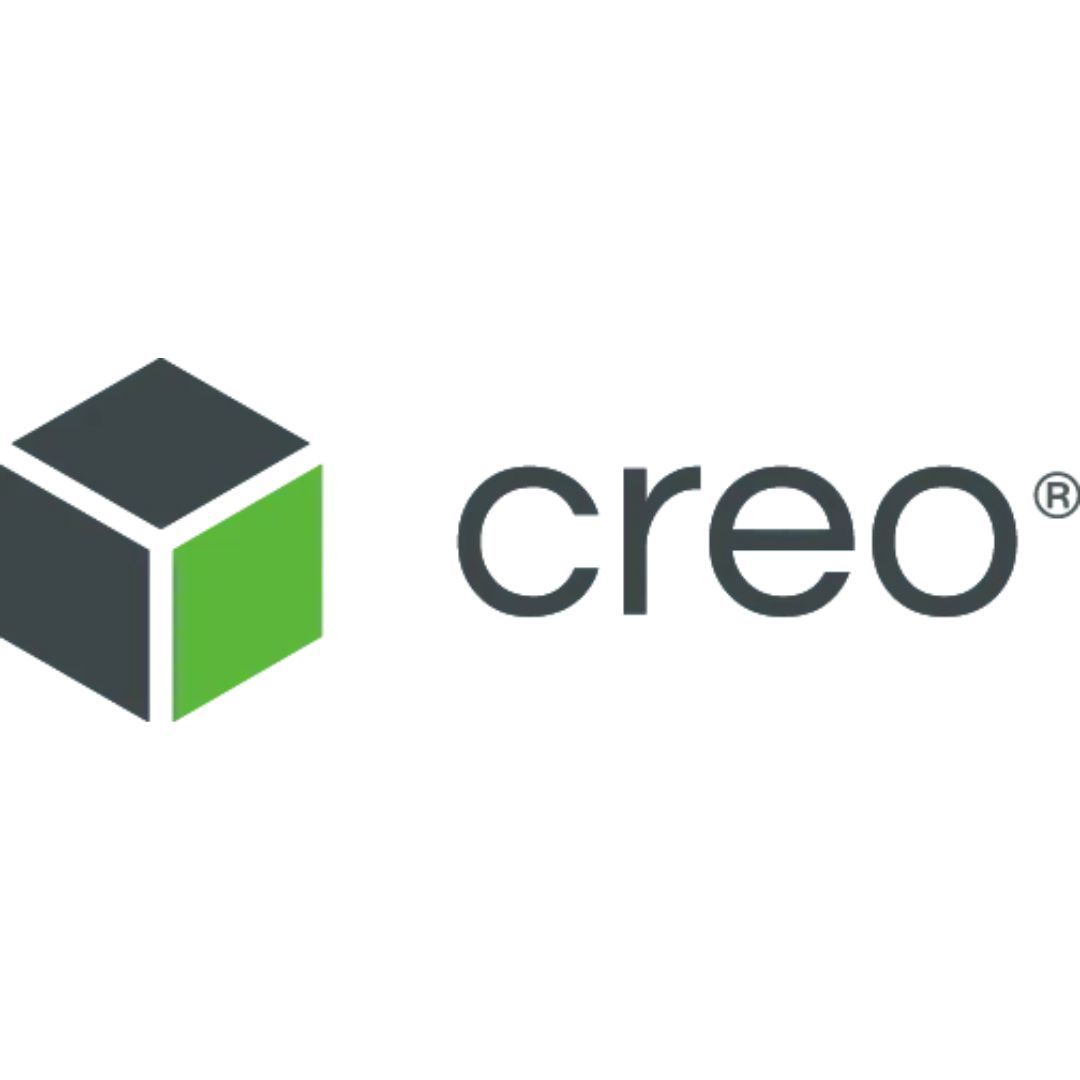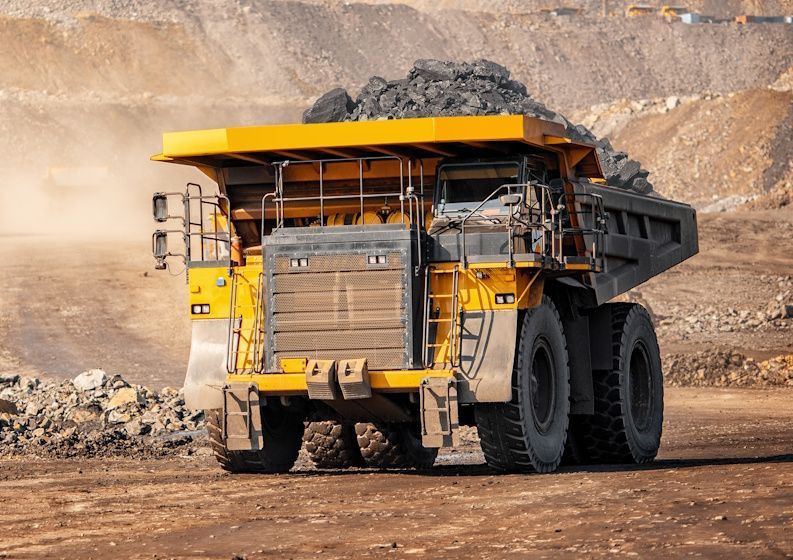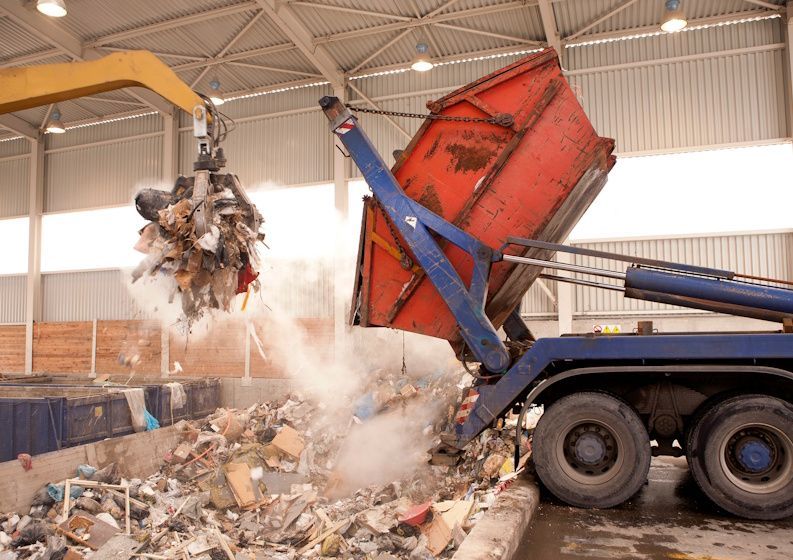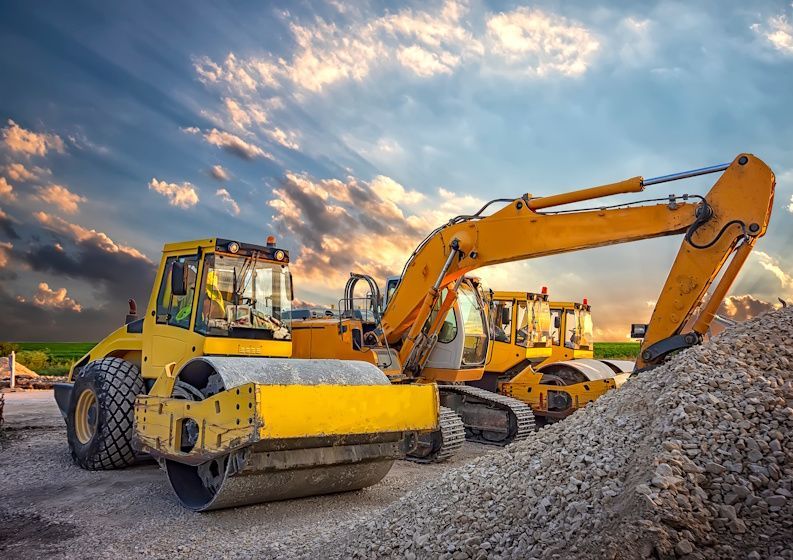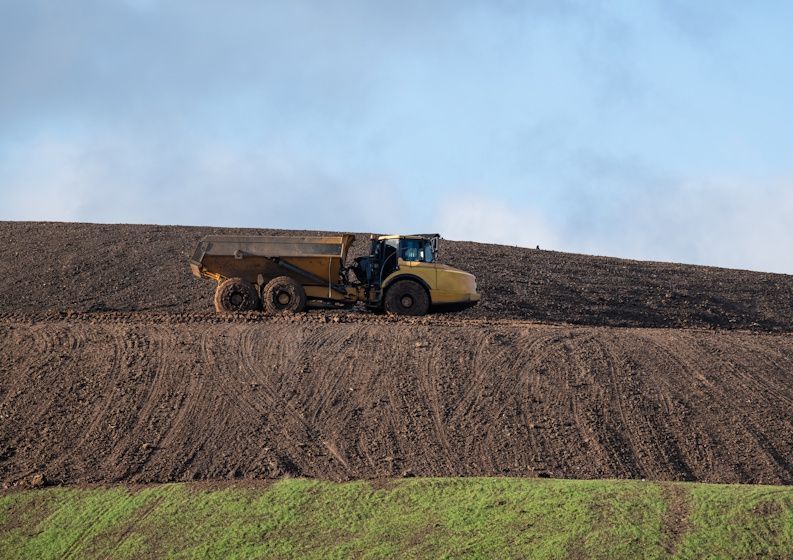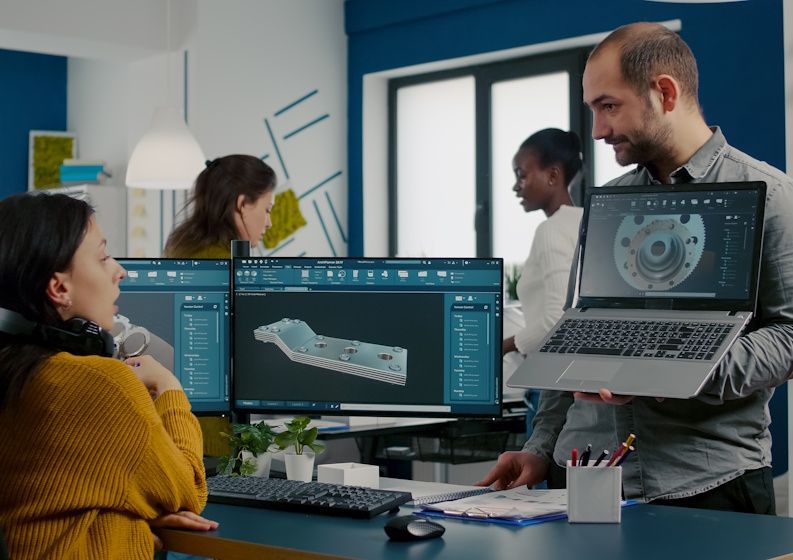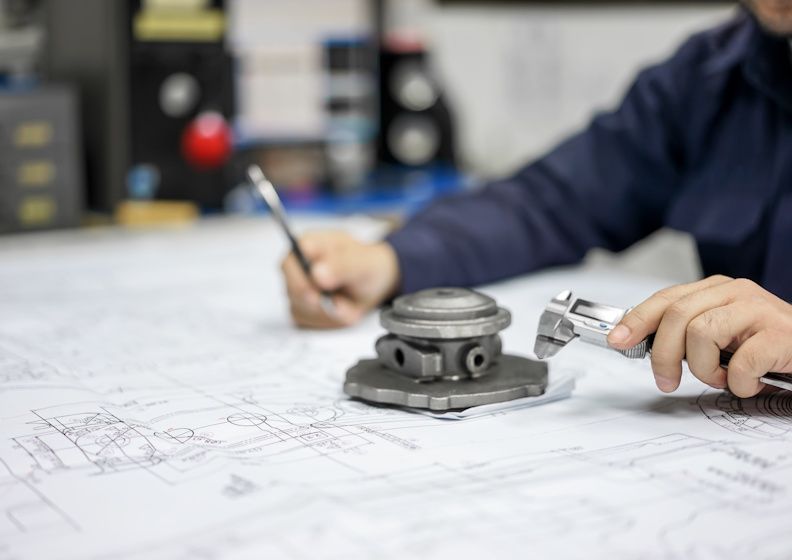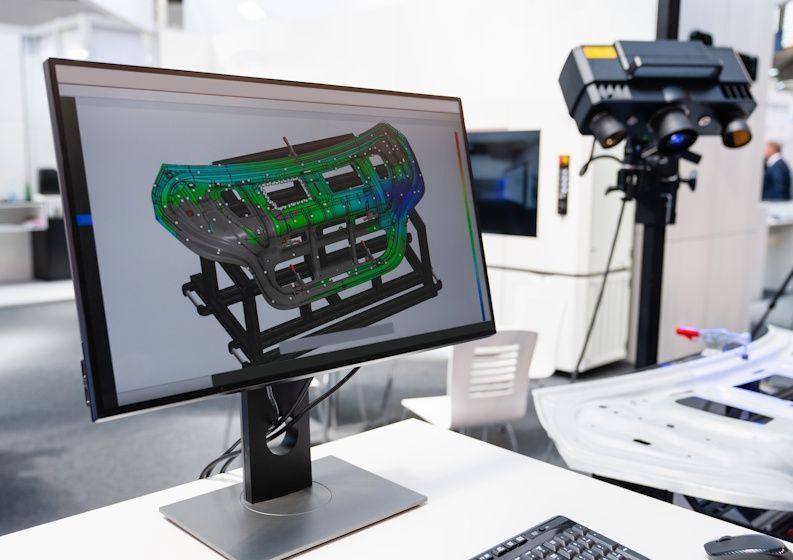5 Essential Elements Your Technical Documentation Needs
5 Key Elements Your Technical Documentation Needs
The key elements of good technical documentation are often overlooked, but they can make a huge difference in the success rate for your new product. In this post, we'll cover these elements so that you have a better idea of what it takes to write great documentation. Read below to find out how to give your customers more information about how your products work and what they should expect from them.
Element #1 - Your Documentation Plan
Before you even start writing, it's important to have a plan. Make sure your documentation is structured properly by following these steps:
- Determine what technical information needs to be shared with the end user
- Decide how that will fit into each product guide or manual
- Create an outline for all of this content and use that as a starting point for your team members who are responsible for adding their sections to the final document.
Having this structure in place ensures the information you provide flows well together before any words are written on paper or digitally. It also gives everyone on your team clear expectations about what they should do when creating their section of the documentation. You can make adjustments during later stages if necessary, but having some type of initial framework helps tremendously.
Now that you have a plan in place, it's time to think about bringing some of these sections to life visually.
Element #2 - Design Structure
In technical documentation, visual design is everything. Your customers need to see and understand things quickly if they are going to be successful with the product you've sold them. Your designs should start with a clear outline that fits in seamlessly with the look of your existing branding or product design.
The best way to accomplish this task is by starting from scratch with design guidelines and templates.Your template should include colors, design padding and logos that are approved by your company. This is important because it ensures the style and content of each guide looks exactly like someone else's work even though they were created independently.
The design structure also includes things such as how many steps a user should see in order to perform certain tasks, what information belongs on top or below other sections, and where images need to be placed so they don't disrupt the flow of text across pages.
These templates are used to create additional pages quickly without losing the design consistency from prior pages.
Element #3 - Graphics and Illustrations
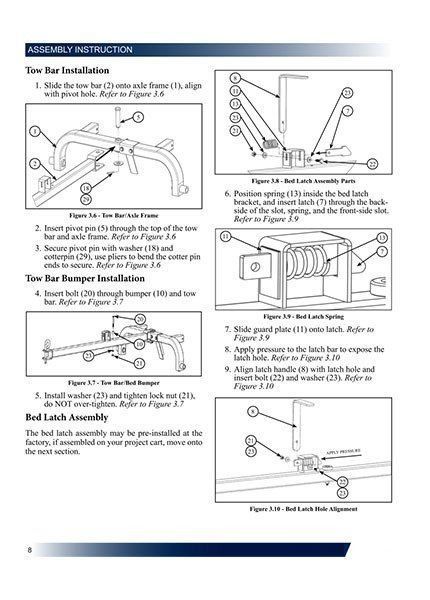
In addition to having consistent design structure throughout each guide or manual, your documents need graphics that show your customer how your product works. This means graphic elements should be tailored to the specific type of product you sell and convey detailed technical information about installation, setup, use and potential troubleshooting.
It's very important that your images explain things quickly within a single image without overwhelming your end users with too much text or unnecessary visuals that don't contribute to their understanding of how everything should fit together. You can accomplish this by using images like:
- Screenshots - These should only show a very basic layout for clarity without being too detailed.
- Images - Live images of the product could help dress up your documentation a bit more, or even show where specific interfaces are located.
- Diagrams – These useful images give customers more detail on complex processes or functions they might not immediately understand.
- Charts - Charts are useful when you need to show a lot of information in one image or if your product is very technical. Some examples might include network diagrams, flowcharts for processes and functions, etc.
To make it easy for everyone on your team to choose great images, provide them with the prior templates that they can choose from depending on the type of imagery needed.
Element #4 - Clear Writing
Your product's technical documentation needs to be clear and concise. Customers won't have time to read a lengthy document that doesn't get straight to the point or explain things in a way they can understand. To ensure your writing flows well, it's best to break your content down into the following sections:
Overview
Start by explaining what your product is used for, how it works with other devices on their network and what potential problems might arise if customers don't use it correctly. Be careful not to overload them though by going too deep into technical aspects of setup or operation unless absolutely necessary (like troubleshooting). This section should also include any equipment required before beginning installation or use such as cables, adapters, tools, etc.
Installation & Setup
Your documentation should show how easy it is to install or setup your product. Provide any additional tips on where cables, adapters and other equipment might need to be placed for optimal performance and functionality.
Operation
This section should show your customers what they can expect once it's been fully installed and setup correctly for first use. It should include the various features, where they are located and where to find them on your product.
Troubleshooting & Support
This section should give customers insight into any potential problems that might arise and what steps can be taken either by themselves or through support channels to resolve them.
Don't Forget About FAQs
FAQ sections are helpful not only because they can cut down on support inquiries from your customers, but having this type of documentation shows how much you care about user experience as well as the proper use of your product.
Element #5 - Testing & Review Process
One of the most important aspects of your technical documentation is to make sure it's accurate. It should be carefully proofread, tested and reviewed before you publish anything online or in print. Internal reviews are beneficial because they allow each member of your team an opportunity to see how their work fits into the overall finished document, as well as finding potential errors that might have slipped through prior stages for final approval.
Customer reviews could also be very important when it comes to your technical documentation, especially if you're putting out something that is used in the field or by customers. Getting their input on a product, especially if they were early adopters, gives you a non-technical perspective into how to communicate with customers just like them through you documentation.
Document reviews from customers will continue to help you as you revise your technical documentation into the future.
In Conclusion, Your Technical Documentation Should Be:
- Helpful
- Clear & Concise
- Accurate and Tested to Ensure Accuracy
- Customer-friendly
- Reviewed Prior to Final Publication or Release
If you have any questions about how to build a winning technical documentation for your product, contact Finite Engineering and get the conversation started today.

